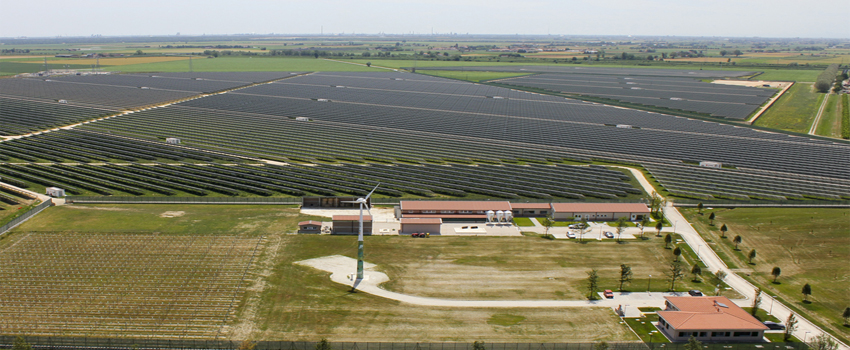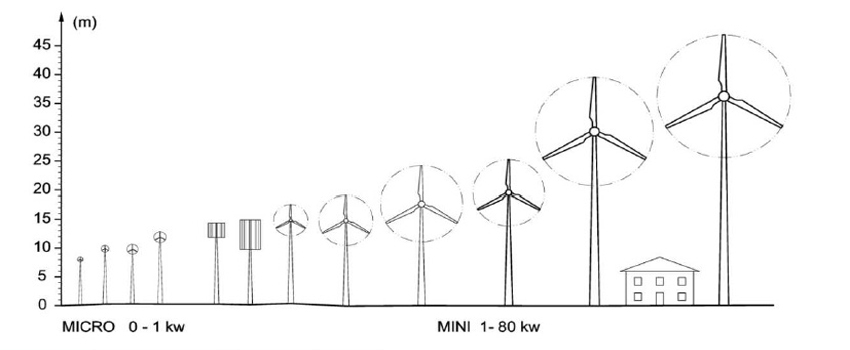- Environmental Impact Studies
- Incidence evaluations
- Verification of liability to environmental impact assessment
- Sound impacts assessment
- Phonometric surveys
- Archaeological studies
- Geological and geotechnical studies
- Hydraulic risk mitigation studies
- Studies of the flora, fauna and nature
- Video inspections
Environmental impact assessment:
The environmental impact assessment describes and evaluates the significant effects on human beings and on the flora, fauna, soil, water, air, landscape, material and cultural assets. The environmental impact assessment is drawn up by experts on behalf of the client.
The study contains:
1. Description of the project, in particular, including:
- a description of the physical characteristics of the project as a whole and of the land use requirements during construction and operation;
- a description of the main characteristics of the production processes, with indication, for example, of the nature and quantity of materials used;
- an assessment of the type and quantity of residues and expected emissions (water, air and soil pollution, noise, vibrations, light, heat, radiation, etc.) produced by the activities involved in the proposed project.
2. A brief description of the main alternatives considered by the client, with indication of the main reasons for the choice, from the environmental impact point of view.
3. A description of the environmental components potentially subject to major impact by the proposed project, with particular focus on the population, flora and fauna, soil, water, air, climatic factors, material assets, including architectural and archaeological heritage, landscape and the interaction between these various factors.
4. A description* of the most likely effects on the environment relevant to the proposed project:
- due to existence of the project;
- due to the use of resources;
- due to emission of pollutants, creation of harmful substances and disposal of wastes, together with the client’s description of the forecasting methods used to assess the environmental effects.
5. A description of the measures envisaged to prevent, reduce and, if possible, offset significant negative effects of the project on the environment.
6. A non-technical summary of the information transmitted on the basis of the above points.
6. A non-technical summary of the information transmitted on the basis of the above points.
7. A summary of any difficulties (technical gaps or lack of knowledge) encountered by the client in collecting the requested data.
Sound impacts assessment:
- environmental assessment of the acoustic impact of production activities
- assessment of the acoustic impact on public and/or private structures
- study of the acoustic climate for the municipal area
- predictive study of the acoustic impact generated by a new production plant.
- modelling of sound emissions for urban planning.
Photovoltaics:
Photovoltaics is a means for producing electricity which does not use or emit harmful substances into the environment. It is one of the so-called clean energy production systems. A photovoltaic system is an electrical system consisting essentially of the assembly of several photovoltaic modules, which exploit incident solar energy to produce electricity through the photovoltaic effect.








